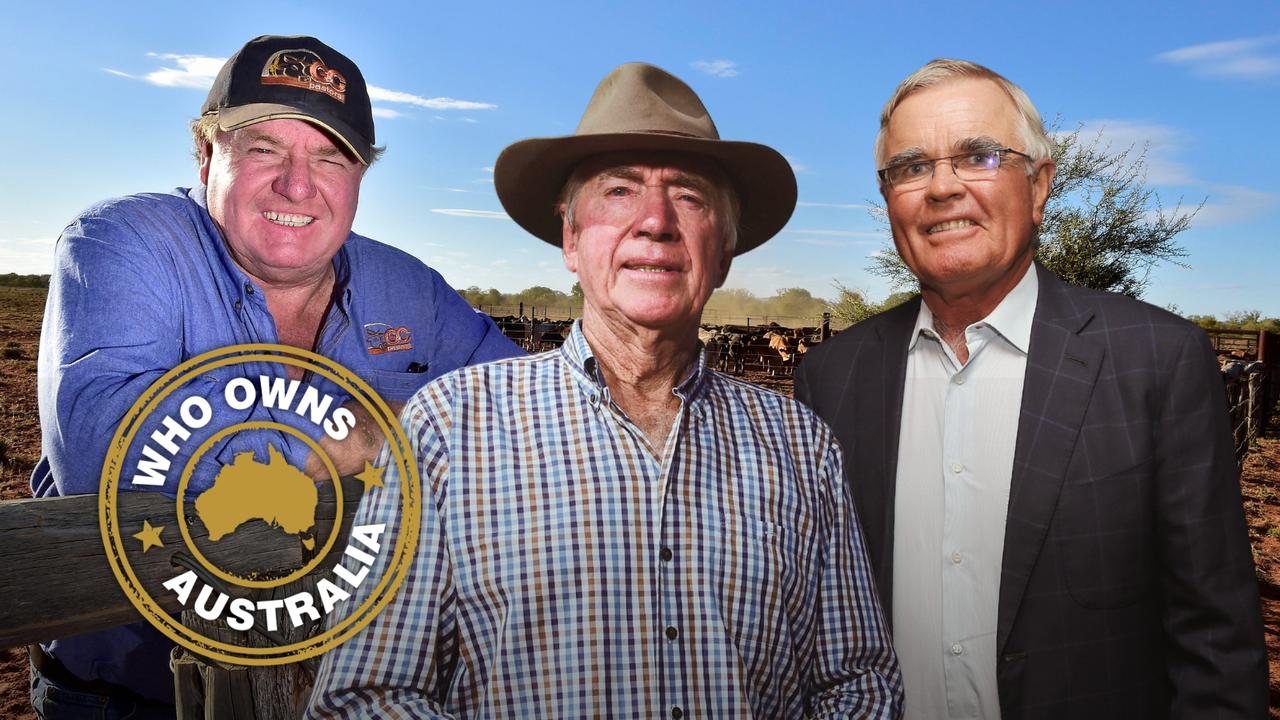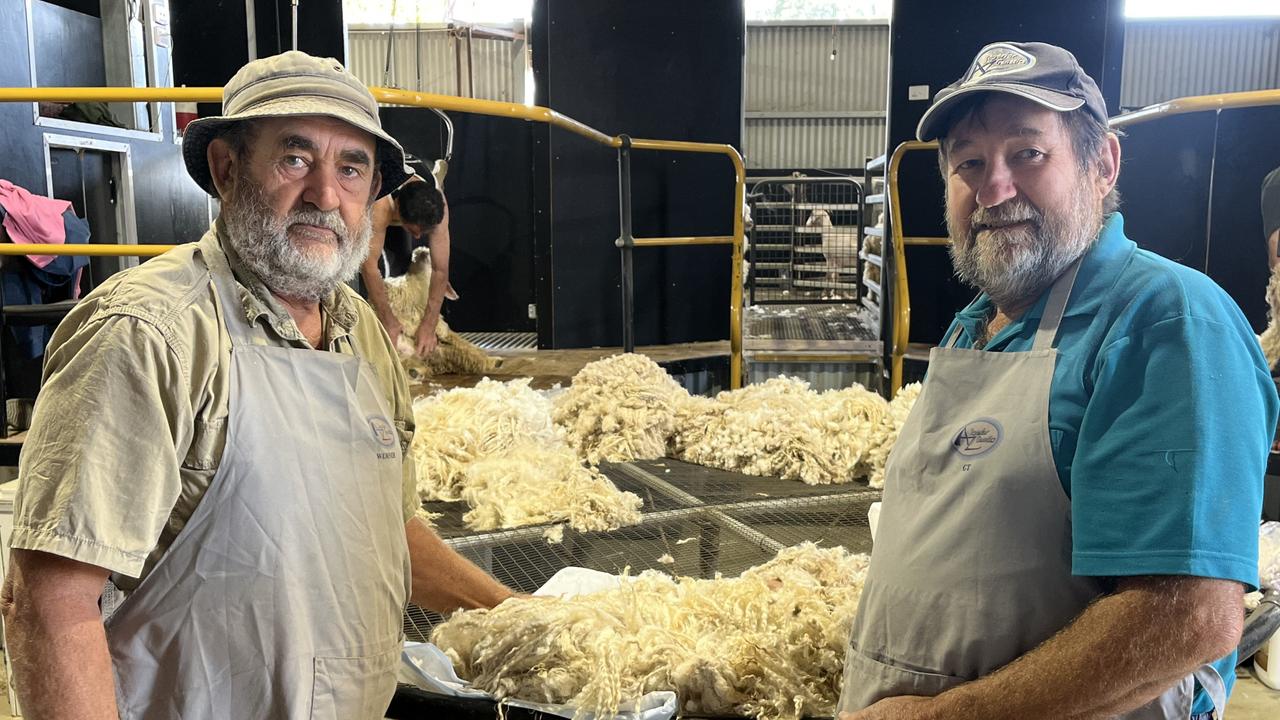Merino producer Tim Wright decreases cost of production
Changing to a holistic management approach has helped this NSW Merino producer reduce his cost of production by 70%.

The relentlessness of drought and increasing costs of production are what drove one couple to make big changes to their farm management and business.
And those changes have resulted in costs of production reducing over time by up to 70 per cent.
Tim and Suzanne Wright operate their 3300ha property, Lana, at Balala near Uralla on the Northern Tablelands of NSW.
There they run about 2500 superfine Merino breeding ewes, 50 cows and agistment cattle.
Since Tim took over the property from his father Peter in 1980, he has made significant changes to management, the property’s natural capital and profit margins.
Tim said the catalyst for change was drought and how tough it was to financially recover.
“It took us five years to financially recover from the 1980s drought and longer environmentally.”
Prior to Tim taking over management of the farm, a number of pasture improvement strategies had been tried, such as top-dressing the property with superphosphate and undersowing oat fodder crops with pasture.
While this meant stock numbers more than doubled between 1981 and 1992, the cost of inputs meant they barely “broke even” over a five-year period.
It was from here that Tim sought change and started a more holistic management approach.
“I went to a holistic management workshop, and it wasn’t about grazing, it was about decision making and working out what you value so you know what you are aiming for.”
On Tim’s list were to not use chemicals, look after the landscape and wildlife and make decisions based on goals.
“It is about managing the whole, and learning how to change,” Tim said.
“I was a bit blinkered in my approach, like many, and while I knew I could be wrong, one way I dealt with this was by doing trials.”
“It’s what I did 30 years ago, I trialled things in the back country where no one could see, until I worked it out.”
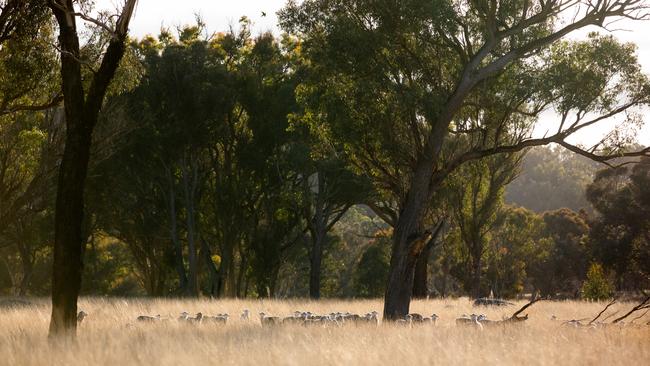
Education was key for Tim and he believes education about managing the land needed to be promoted further among the next generation.
He said rather than teaching the next generation the science, as most University degrees did now, they need to learn how to manage the land.
“I did farm management training in the 1970s, but since then almost all Colleges have closed and the government is not proactive in training farm managers.”
He said there were some questions he asks himself when making decisions, one being what is the cause and effect and what is the opportunity cost
“When we want to spray a paddock for weeds, are we treating the cause or symptom. For example, we had a big problem with Scotch thistle, which is due to a huge mineral build up because the Merinos would camp there. The sheep were over utilising the camp area and under-utilising up to 80 per cent of the paddock.”
And he found once they decided to build smaller paddocks and start time-controlled rotational grazing, the weed problem disappeared.
Tim said they moved to smaller paddocks to enhance soil fertility, improved water and mineral cycle, maintaining ground cover and regenerating native grass.
Fertiliser is no longer used on the property.
“Normal thinking is we have to put back what we took off, but using a biological approach, mother nature puts back in 10-times more.”
Tim’s knowledge of the environment they operate in also has its benefits.
“We are on the Northern Tablelands and we always have dews in the morning, so that bit of moisture means we get grass growth, even in a drought.”
The Wrights aim for 100 per cent ground cover of native grasses at all times, and in the drought that finished in 20200, they managed to keep it at 85 per cent.
“Not far away from us there was dirt blowing off paddocks.”
“Grass cover is really important.”
And he’s found that native grasses still “win out” against introduced pasture or pasture cropping.
“After the 1990s we have gone into drought with no hay and no silage, I even pulled the hay sheds down because just having them there mentally made you think you had to have something in them. Buying in feed is just too expensive and we have no way of knowing when it will rain or not.”
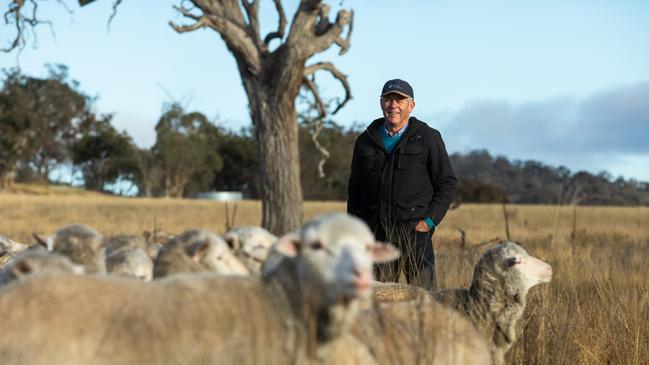
Originally there were 30 paddocks of 100-120ha in size on Lana, but Tim split this into paddocks of 10-20ha, meaning there are now about 340 permanently fenced and watered paddocks.
Cattle graze two days ahead of sheep, which helps with worm burden, with paddocks grazed with a heavy stocking rate.
Tim said it depended on the season how long each paddock was grazed, but currently stock were moved about once a week, whereas in drought it was about every four days.
It means pastures spend most of their time in “recovery phase”, with each paddock having about 80 days break before stock were back again.
“The grazing plan adjusts according to the season, as grasses grow quicker, and while I move stock, I am reading the land as I go.”
Carrying capacity has increased from around 8000 dry sheep equivalents to 20,000 DSE.
Tim said they only drench for worms — a significant Northern Tablelands problem — once a year.
“We used to drench every season, but we’ve addressed the cause of the problem, so now we can save on the cost.”
The Wrights carried out thatching — laying down tall grass to mulch into the soil — as needed.
“What is pleasing to the eye, like slashing grass, may not necessarily be pleasing to the bank balance.”
The Wrights cost of production has decreased by 70 per cent since the 1990s.
“We found 70-80 per cent of the cost of production are land or labour related. For us labour was a big cost.”
They previously had one permanent employee, two casuals and contractors, now they operate with just a contractor as needed.
“We have all the infrastructure now, so it looks after itself.”
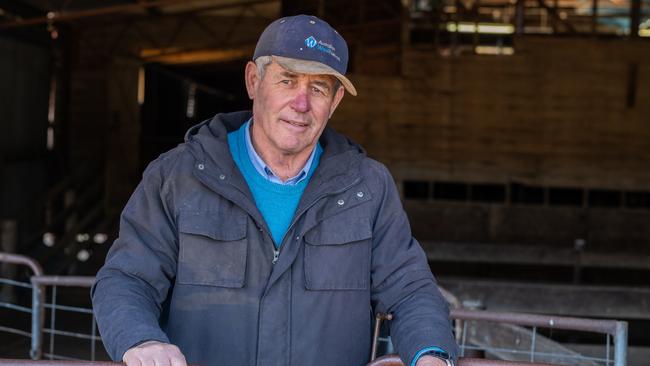
Tim said the paddocks were designed to suit the land, and they fenced on contours to prevent sheep camps on high ground.
All paddocks have water troughs which have solar pumps and are gravity fed.
“We get a lot of comments about how people can’t afford the infrastructure, but you can’t afford not to.”
“All of our expenses for setting up the infrastructure were returned in two years.”
Prior to the most recent drought, the Wrights were running 500 to 600 breeding cows and half of the sheep were first-cross ewes.
“I realised in that drought it would be better to focus on the superfine Merinos, as cattle drink 80 to 100 litres of water a day, whereas sheep are lucky to drink about half a litre. We sold the cattle and first-cross ewes, which meant we got through the drought without feeding, we just fed salt or minerals and some by-pass protein like cottonseed meal,” Tim said.
Tim said he did gross-margin analysis per ha and found superfine wool “is ideal for this country”.
“Merinos provide nearly double the return per ha than cattle for us.”
The superfine Merinos have an average fibre diameter of 16.5 microns and are shorn every seven to eight months, giving three wool clips every two years.
Despite belief this is more labour, Tim said it was more labour efficient as it took away the need to crutch, the wool was cleaner and they didn’t drench.
Vegetable matter in their wool skirtings has reduced from 9 per cent since the 1980s to 2 per cent, while staple strength has improved from 40 Newtons per kilotex to 48 Newtons per kilotex.
The Lana sheep are Responsible Wool Standard certified, so buyers can guarantee it is ethically and economically sourced.
“Since we did the certification we have seen a 15-20 per cent increase in value for our wool.”




